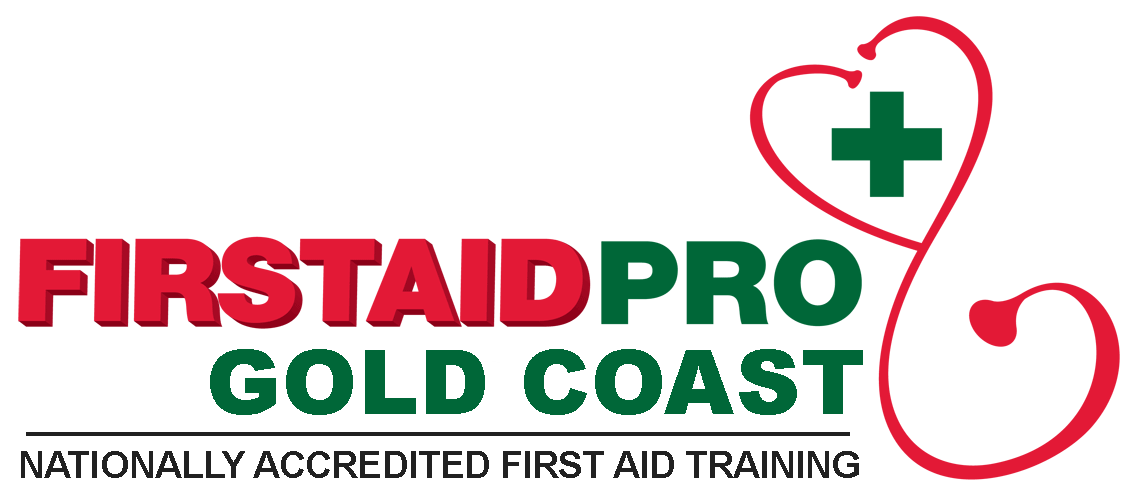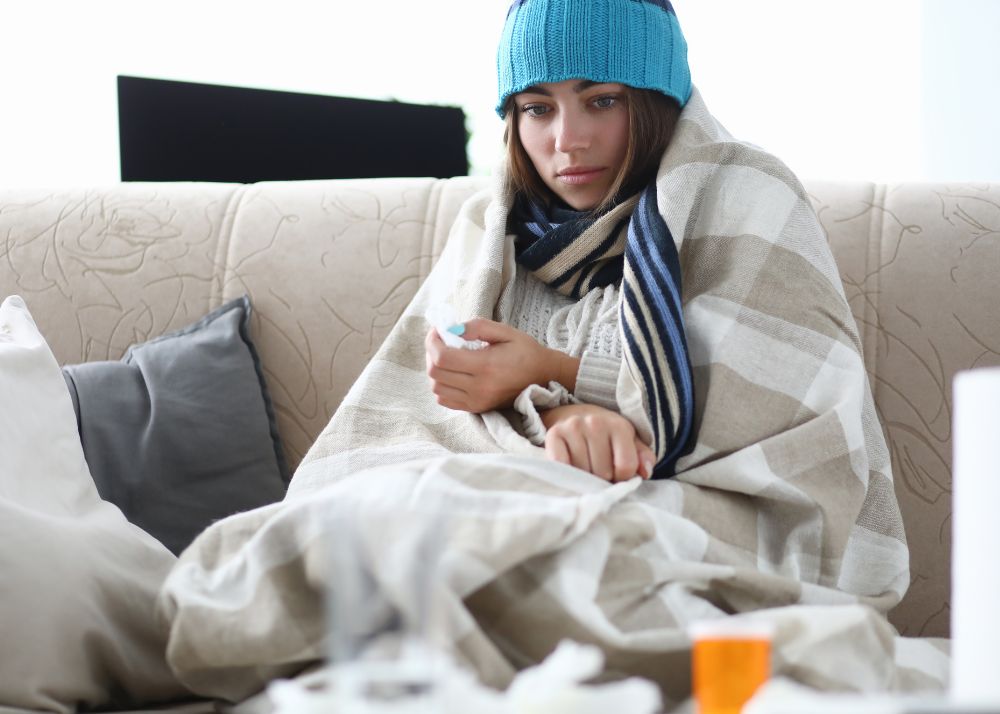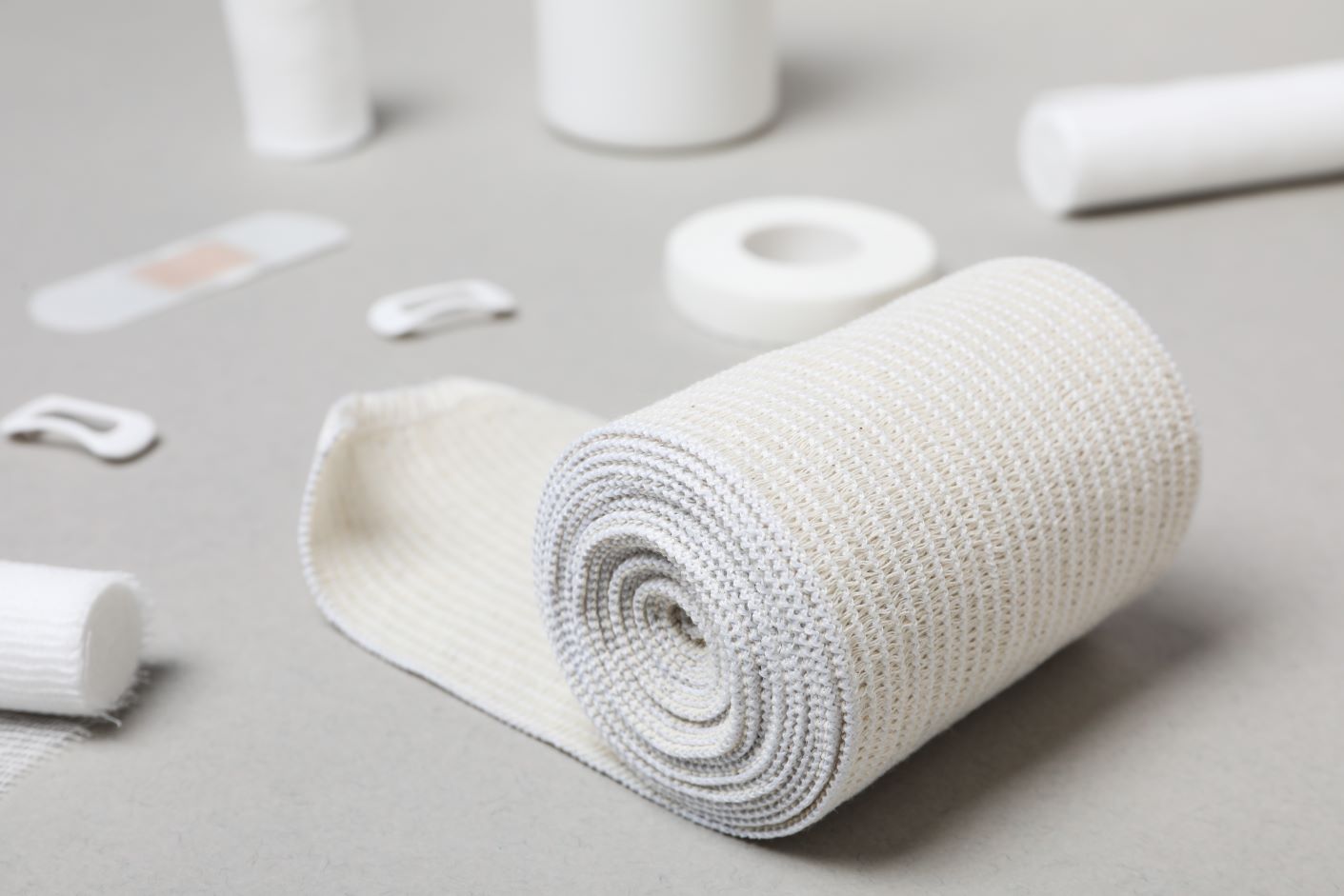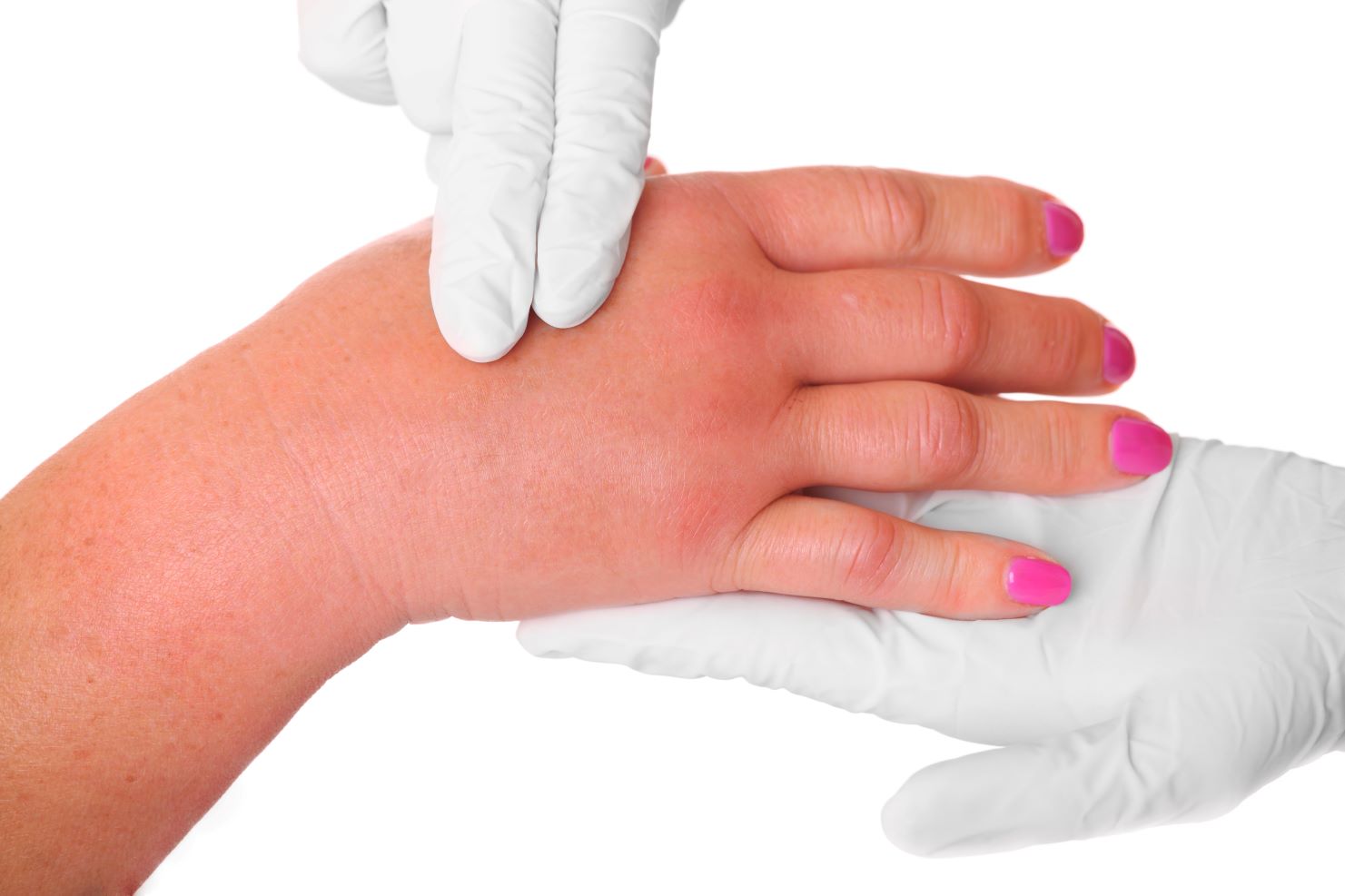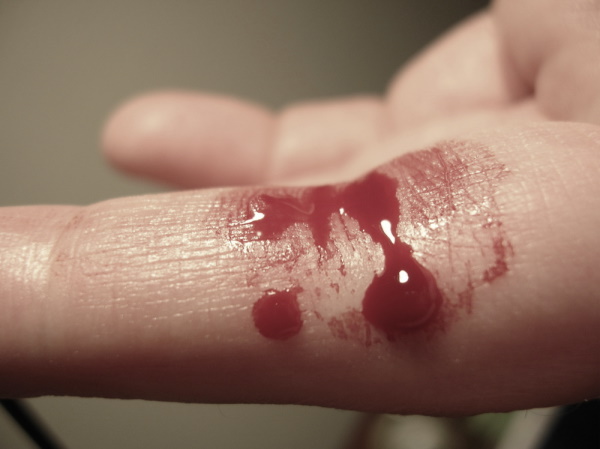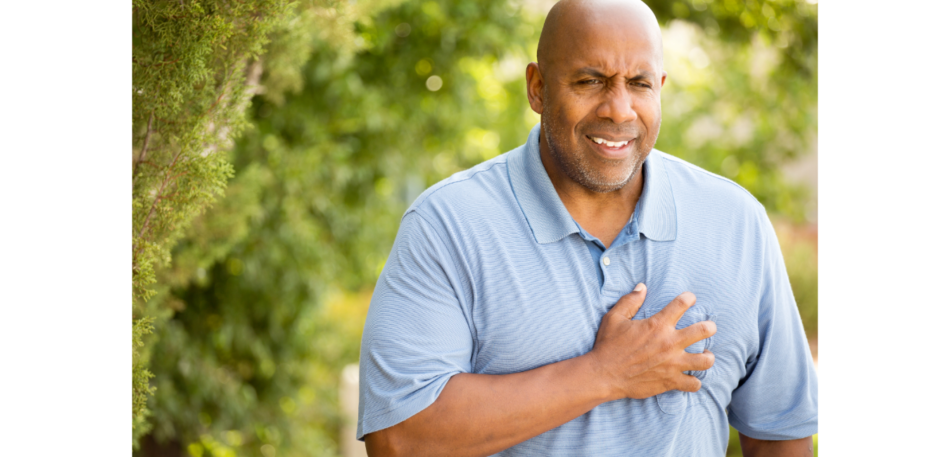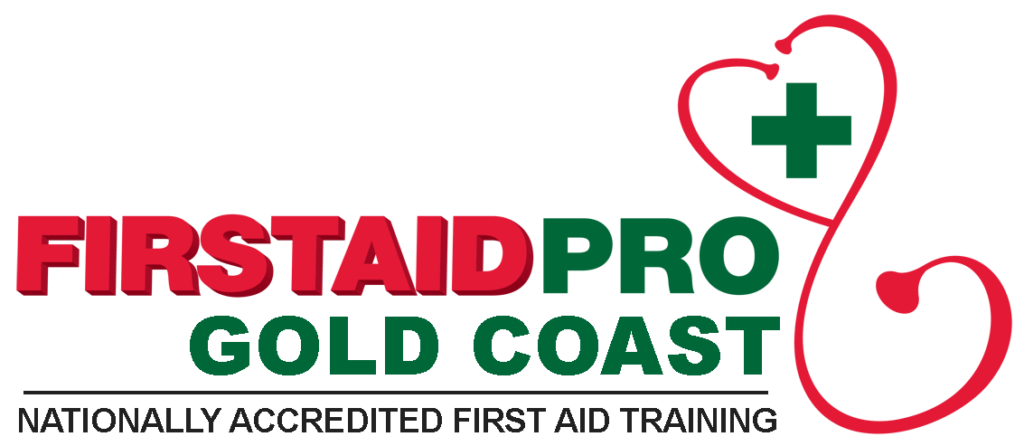Hypothermia can be a life-threatening condition if left untreated, so it’s essential to understand what hypothermia is, be familiar with the causes, recognise the symptoms and learn how to avoid obtaining it.
What is Hypothermia?
Hypothermia occurs when body temperature drops below 35° C (normal body temperature is 37° C); this happens when a person is exposed to cold weather conditions for an extended period of time, and the body can no longer regulate its temperature properly.
Hypothermia often goes hand in hand with frostbite, which is a visual ailment and easier to spot. If you have frostbite symptoms, check yourself for signs of hypothermia as well.
Though hypothermia isn’t commonly associated with Australia and its warm and sunny reputation, Professor Barnett with CSR has found it to be a rising threat. Through his studies, he has discovered that the death rate in Australia due to cold weather is now 6.5%, which is nearly double that of Sweden’s 3.9%. A significant cause for this increase is due to improperly built homes and their inability to hold in heat and regulate indoor temperatures.
Recognising that hypothermia is a risk, even in Australia, and identifying the leading causes, could make the difference your family needs to stay in good health when the temperature falls during the colder months.
Most Common Causes of Hypothermia:
- Environment, exposure to cold weather conditions and high wind.
- Exposure to cold water.
- Being in wet clothes for too long.
- Exposure to indoor temperatures of 10° C or lower for an extended period of time.
Some aspects increase your risk of being affected by hypothermia. If you have any of the following ailments, you should be more mindful when you’re in cold weather conditions.
Factors That Increase Your Risk of Hypothermia:
- Dehydration
- Exhaustion
- Poor health, persons who are high risk or susceptible to falling ill
- Elderly persons
- Infants
- Children
Being able to recognise the early signs and symptoms of hypothermia could save your life or the life of someone you love.
On the St John ambulance first aid facts page, under the download menu, they list the below symptoms as the warning signs to watch for if you think someone has hypothermia or you fear you are at risk.
Signs and Symptoms of Hypothermia Include:
- Shivering (note: shivering ceases when the condition becomes severe.)
- Body heat drop or feeling cold (body temperature falls below 35° C)
- Clumsiness or lack of coordination
- Slurred speech or mumbling
- Apathy and irrational behaviour
- Slow, shallow breathing
- Drowsiness
- Visible signs of frostbite
- Confusion or memory loss
- Bright red, cold skin (big warning sign to watch for with infants)
- Difficulty finding pulse
- Slow heart rate
- Loss of consciousness
Signs and symptoms of hypothermia usually develop slowly.
The condition switches from mild to severe once the body temperature drops below 30° C. When this happens, the heart rate will become irregular, shallow breathing will worsen, and the person affected by hypothermia will fall unconscious.
If you or someone you’re with is experiencing any of the above symptoms and you suspect hypothermia, call an ambulance and seek emergency medical help immediately.
Hypothermia is life-threatening, and it’s important to always seek professional advice and treatment before taking action yourself.
While you wait for emergency medical persons to arrive, there are some things you can do that will help the medical staff when they get to you, but also things you should be careful to avoid.
DO:
- Call triple zero (000) for a St John ambulance and get professional medical advice right away.
- Move the person to a dry, warm place and out of the cold immediately. If it isn’t possible to get the patient indoors, protect them from the wind (especially around the neck and head), and insulate them from the cold ground.
- Check any exposed skin for signs of frostbite. Place hot water bottles or heat packs on any affected areas (if available), make sure they are not too warm, they shouldn’t exceed 40° C.
- Help the person to lie down in a comfortable position. Be gentle with them and avoid excess activity and movement.
- Remove wet clothing.
- Place the person between blankets or in a sleeping bag and then wrap them in an emergency blanket; this will help bring their temperature back up slowly.
- Cover the person’s head to help regulate their body heat.
- Provide warm drinks if they are conscious, but make sure the drink does not contain alcohol.
- Place hot water bottles and heat packs directly on the patient’s armpits, neck, chest, and groin (be careful to avoid burning the skin, the temperature should not exceed 40° C).
- Body-to-body contact may be used if other means of re-warming are not available.
- Stay with the person until St John medical aid arrives.
- Begin CPR if the person shows no signs of life such as breathing, coughing or movement.
DON’T:
- Don’t rub affected areas, especially areas that appear to have frostbite.
- Don’t move the person too quickly.
- Don’t attempt to warm the arms and legs of the person affected. Heating or massaging the limbs of someone with hypothermia can cause extra stress to the heart and lungs; this will make blood flow and breathing even harder for the already struggling body to warm back up.
- Don’t re-warm the person too quickly (for example: warming the person in a hot bath would be considered too quick of a treatment).
- Don’t use radiant heat to warm them. (Types of radiant heat include: fires, warming lamps, and electric heaters).
- Don’t give them drinks containing alcohol. Alcohol further slows the body’s ability to re-warm.
- Don’t give them cigarettes. Tobacco products interfere with blood circulation, which will make it harder for the body to re-heat.
Protect Yourself From Hypothermia:
- Dress in weather-appropriate clothing, limit the amount of skin you expose to the elements.
- Limit exposure to extreme cold.
- If going for a long walk or hike, make sure an emergency blanket is part of your first aid kit.
- Keep your head covered. The majority of heat escapes through the head.
- Check temperatures before leaving your house each day, so cold conditions don’t catch you off guard.
- Be CPR certified.
- Be familiar with the early stages of frostbite.
- Keep spare blankets in your boot in case of an emergency.
- Carry a cell phone, so you can call triple zero (000) if needed.
- Be mindful of your companions and keep a watchful eye for early warnings. Be especially aware of children and the elderly, as hypothermia occurs more often in these age groups. Slurred speech with an older adult could be your first sign that something is wrong.
- Avoid having wet clothing. If it’s unavoidable, remove wet clothing as soon as possible.
- Always ensure babies have dressed appropriately and have extra blankets on hand when walking outdoors. Hypothermia occurs with babies in conditions that don’t impact adults. It’s essential to keep them warm and avoid having too much skin exposed; this will also help protect them from frostbite.
It’s important to note: Babies lose heat more quickly. A baby can appear healthy and happy, sometimes the warnings of hypothermia don’t even include shivering. Watch for: cold skin, unusual quietness, drowsiness, lack of appetite, and red skin (an early sign of frostbite).
The best way to avoid hypothermia is to educate yourself on the subject. Be well equipped to spot the warning signs and be able to act in emergencies.
You can help others by booking a first aid course with First Aid Pro.
HLTAID011 Provide First Aid will teach you how to help in a range of emergencies, including what to do when someone is experiencing Hypothermia or in need of CPR. You can find more information under the “Available Courses” menu on the First Aid Pro website.
